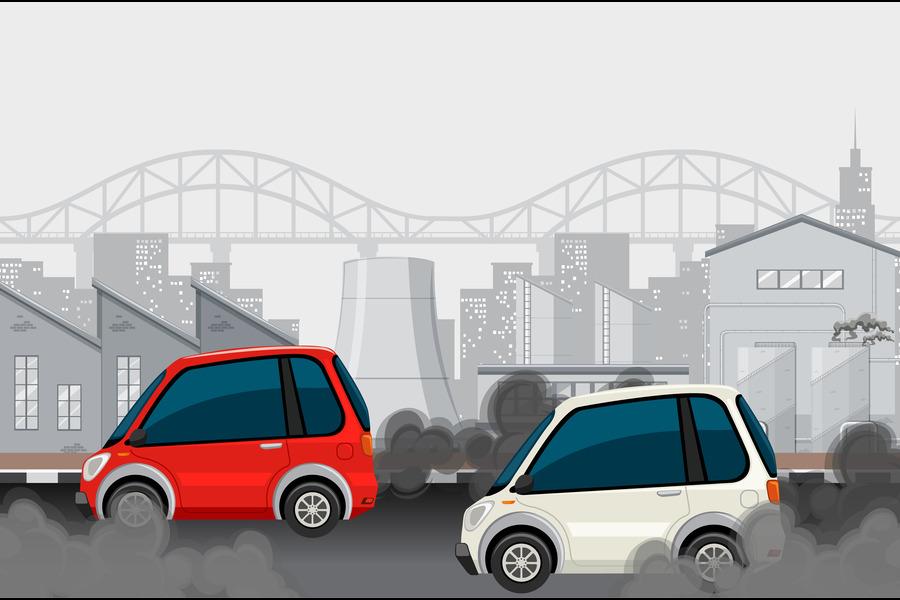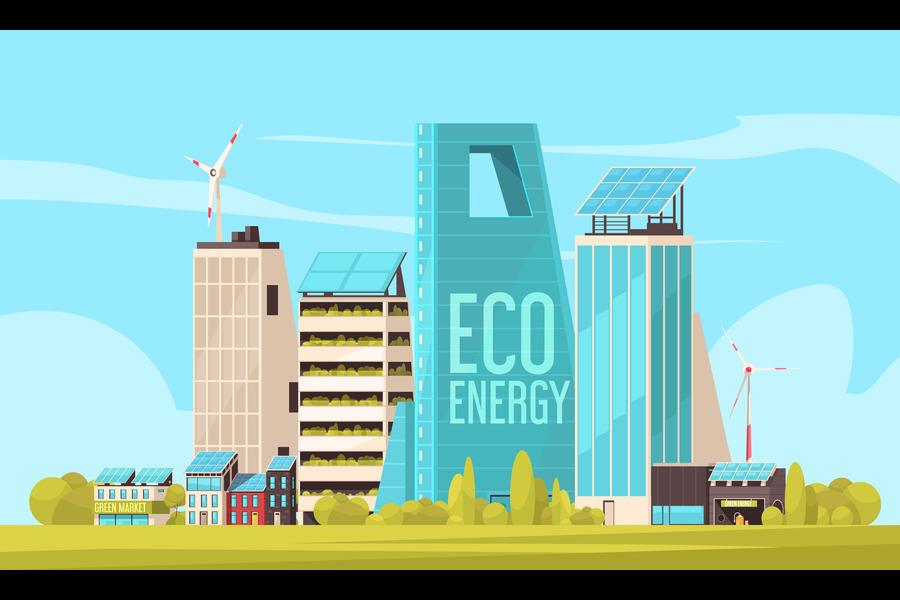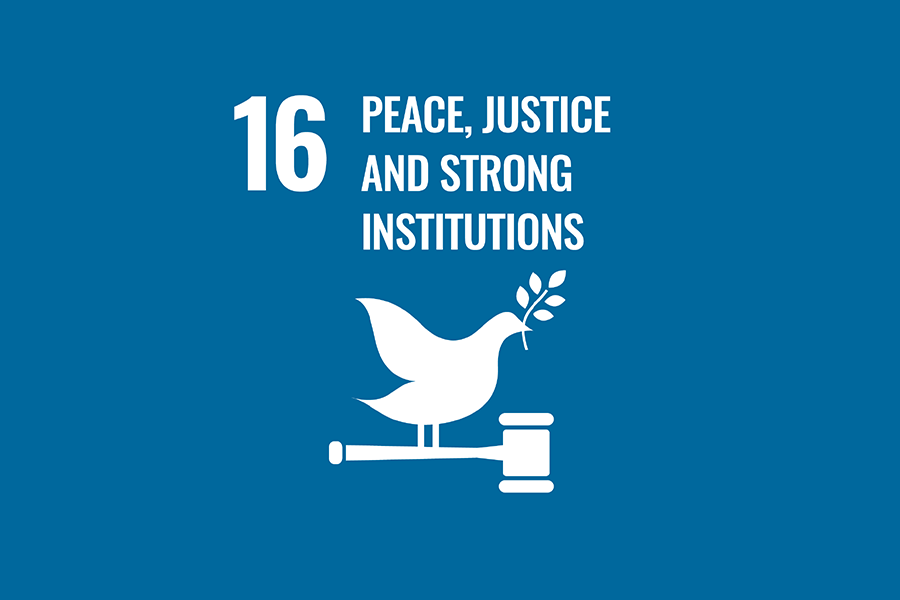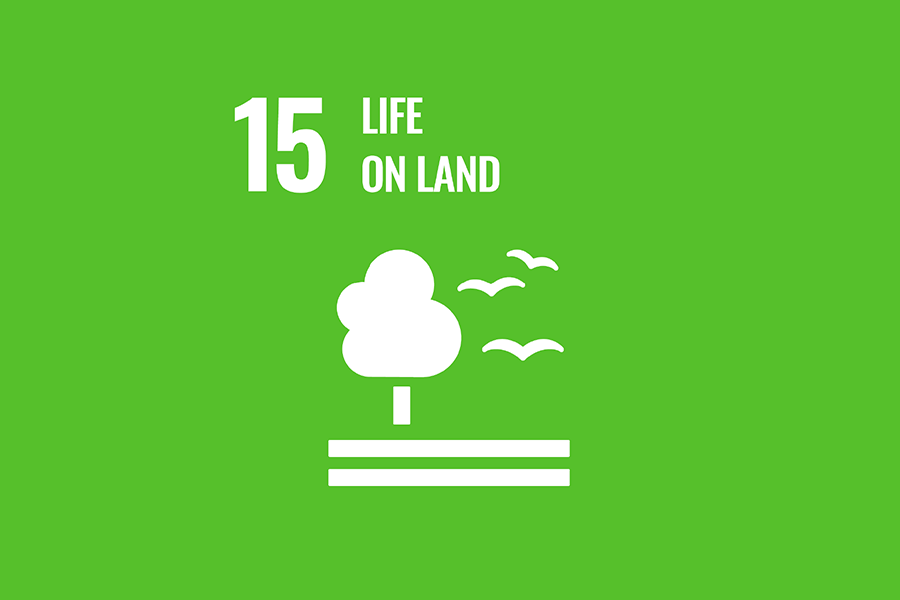Articles

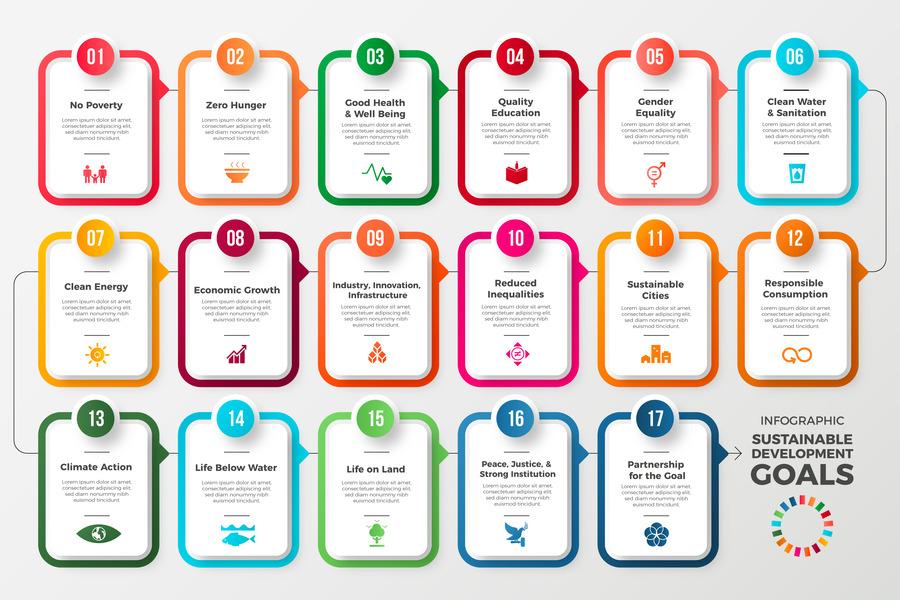
Summary Of Sustainable Development Goals
The Sustainable Development Goals (SDGs) are a set of 17 global goals adopted by the United Nations General Assembly in 2015. The SDGs aim to end poverty, protect the planet, and ensure that all people have the opportunity to live peaceful, healthy, and prosperous lives.
Each SDG has specific targets and indicators that are used to measure progress towards achieving the goal. Here are the 17 SDGs and some examples of the indicators used to measure progress:
-
No Poverty: Indicators include the percentage of people living below the national poverty line and the income growth rate of the bottom 40% of the population.
-
Zero Hunger: Indicators include the prevalence of undernourishment and the percentage of the population that is food insecure.
-
Good Health and Well-Being: Indicators include the infant mortality rate, the number of new HIV infections, and the prevalence of malaria.
-
Quality Education: Indicators include the literacy rate, the number of children out of school, and the percentage of the population with a secondary education.
-
Gender Equality: Indicators include the gender gap in education and employment, the number of women in leadership positions, and the prevalence of gender-based violence.
-
Clean Water and Sanitation: Indicators include the percentage of the population with access to improved drinking water sources and the percentage of the population with access to improved sanitation facilities.
-
Affordable and Clean Energy: Indicators include the percentage of the population with access to electricity, the share of renewable energy in the total energy mix, and the level of energy intensity.
-
Decent Work and Economic Growth: Indicators include the unemployment rate, the number of new jobs created, and the gross domestic product (GDP) growth rate.
-
Industry, Innovation and Infrastructure: Indicators include the number of patents filed, the amount of research and development spending, and the number of broadband subscriptions.
-
Reduced Inequalities: Indicators include the income inequality gap and the percentage of the population living in extreme poverty.
-
Sustainable Cities and Communities: Indicators include the percentage of the population living in slums, the percentage of the population with access to public transport, and the level of urbanization.
-
Responsible Consumption and Production: Indicators include the recycling rate, the amount of waste generated per person, and the percentage of the population using clean cooking fuels.
-
Climate Action: Indicators include the level of greenhouse gas emissions, the percentage of renewable energy in the total energy mix, and the number of extreme weather events.
-
Life Below Water: Indicators include the number of fish stocks within biologically sustainable levels and the percentage of marine protected areas.
-
Life On Land: Indicators include the rate of forest cover loss and the number of threatened plant and animal species.
-
Peace, Justice and Strong Institutions: Indicators include the number of violent deaths, the prevalence of corruption, and the number of refugees and internally displaced persons.
-
Partnerships for the Goals: Indicators include the level of foreign direct investment and the number of multilateral environmental agreements.

We have a team of seasoned urban planners, environmentalists, engineers, philanthropists and changemakers who are working to achieve practical sustainably in cities blended with Circular Commerce, Smarter Spaces, and Happier Humans.
Read MoreCONTACT INFO
C - 701, Galore Park,
Bavdhan,
Near LMD Square,
Pune - 411 021 (MH)


